Filter by category:
Filter by group:
 | Alcohol (alchemy) An early chemical symbol used to indicate alcohol or a wine spirit. |
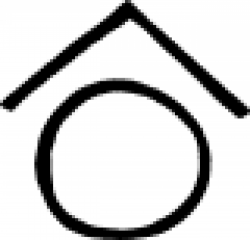 | Zinc (alchemy) An 18th century chemical symbol representing the metal zinc. |
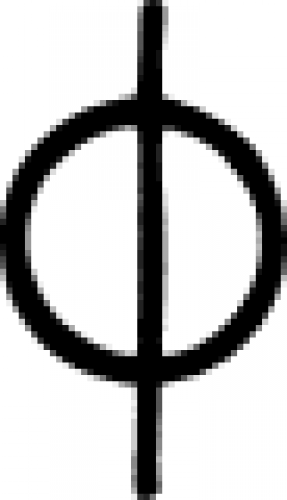 | Golden number 15 On a clog almanac, this symbol represents an aspect of the lunar cycle. |
 | Crystallization In 18th century chemistry, this symbol represented the process of crystallization. |
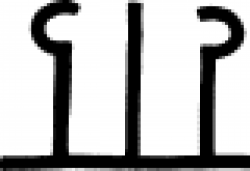 | Tartar (alternate #3) A symbol in early chemistry for tartaric acid salt. |
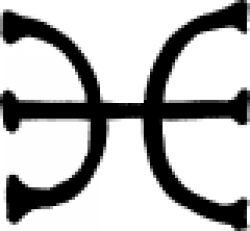 | Mix (alternate #1) An alchemical symbol indicating the process of mixing. |
 | Alcohol (alternate #1) An early chemical symbol used to indicate alcohol. |
 | Borax (alternate #1) A symbol used in 18th century chemistry to represent borax (also known as tinkal). |
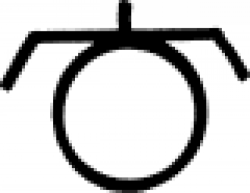 | Antimony (alternate #2) Early chemical symbol for antimony. |
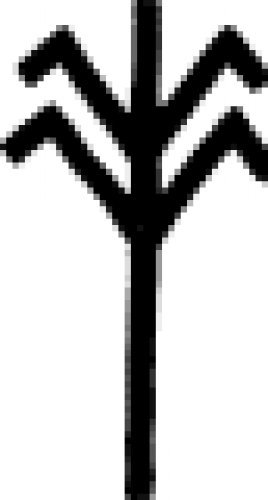 | Day of Tiburtius A symbol from the clog almanacs used in Medieval Sweden. |
 | Day of Tiburtius (alternate #1) A symbol from the clog almanacs used in Medieval Sweden. |
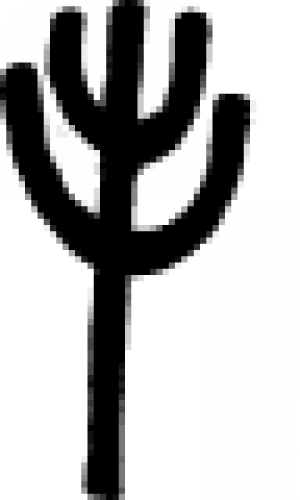 | Day of Tiburtius (alternate #2) A symbol from the clog almanacs used in Medieval Sweden. |
 | Michaelmas A symbol from the clog almanacs used in Medieval Scandinavia. |
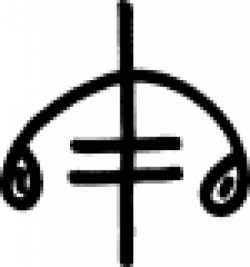 | Michalemas (alternate) A symbol from the clog almanacs used in Medieval Scandinavia. |
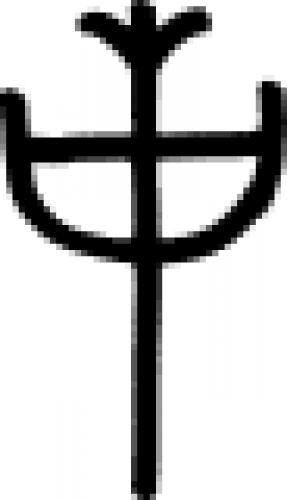 | Annunciation Day In Medieval clog almanacs, this symbol represented Annunciation Day, or the vernal (spring) equinox. |
 | Golden number 10 On a clog almanac, this symbol represents an aspect of the lunar cycle. |
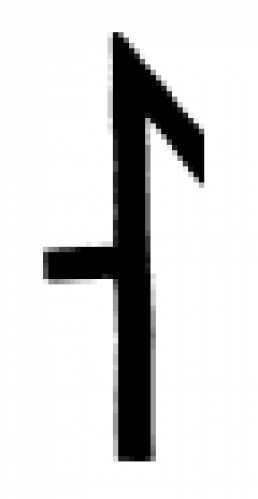 | Golden number 17 On a clog almanac, this symbol represents an aspect of the lunar cycle. |
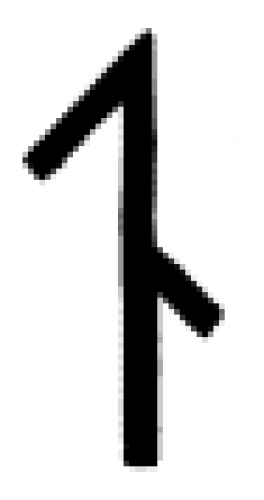 | Golden number 17 (alternate) On a clog almanac, this symbol represents an aspect of the lunar cycle. |
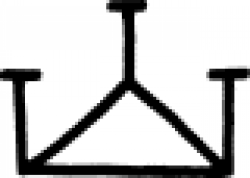 | Virgin Mary A symbol used on Medieval clog almanacs to designate holy days associated with the Virgin Mary. |
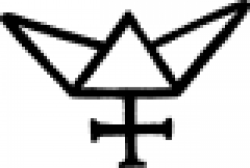 | Metallum sulphuratum A symbol used in 18th century chemistry to indicate a compound of sulphur and a metal. |
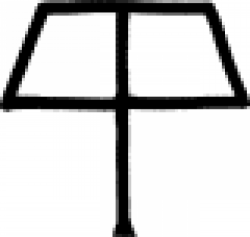 | Stone (alchemy) and working people This symbol denotes two specific things in two different fields. |
 | Sal alcalinus (alternate #1) A symbol used in alchemy to indicate alkaline salt, which is composed of sodium and potassium. |
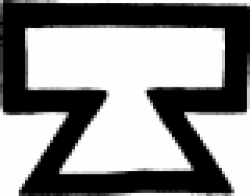 | Sal alcalinus (alternate #2) A symbol used in 17th century chemistry to indicate alkaline salt, which is composed of sodium and potassium. |
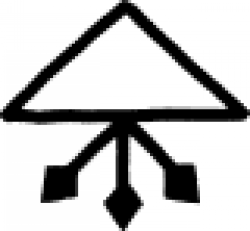 | Wise man's sulphur (alchemy) A symbol used in 17th century chemistry to indicate a substance known as wise man's sulphur, or "soufre des philosophes" |
 | Tartar (alternate #4) An alchemical symbol for tartrate. |

